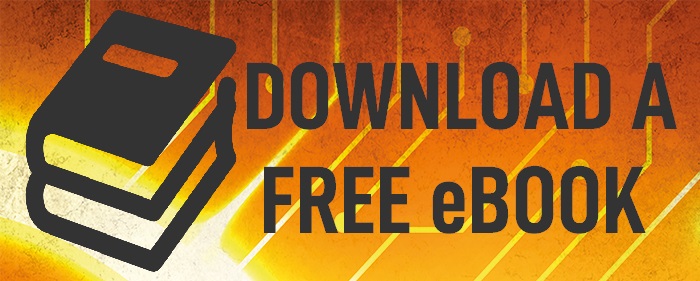Inspired by m’colleague Dayton Ward’s series of posts about tie-in novels, I thought I’d blog something similar about *my* favourite kind of vintage paperbacks…
That old adage “never judge a book by its cover” is a terrible piece of advice. How can you do anything else when you first encounter a book?
We all know the tropes. Historical fiction: a lady in Tudor costume in the hallway of a stately home. Serial Killer novel: a single isolated house on a bleak hillside or maybe a lone child lost in the wilderness. International spy thriller: a Dutch-Tilt image of someone running down an alleyway, maybe with a famous building in the background.
I like the mechanics of covers, the design and the structure, and I’m a sucker for a very particular kind of novel and cover art – the “retro-techno-thriller”.
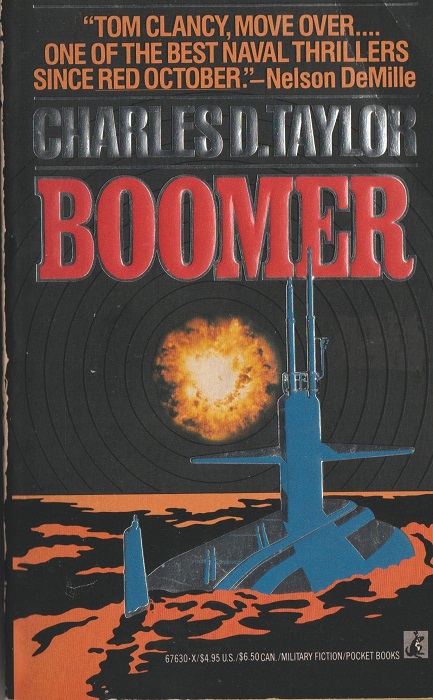
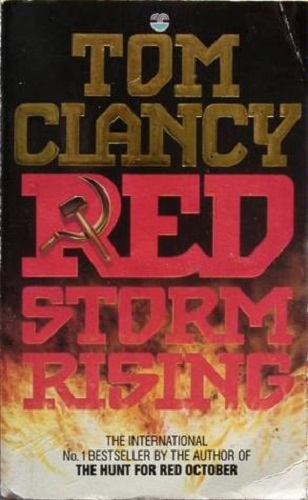
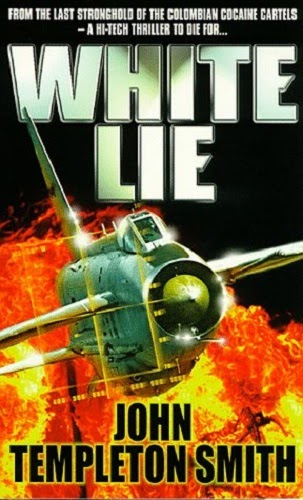
Books that show shark-like submarines framed against neon-glowing sonar screens; covers heavy on military hardware, steel-coloured foils or embossing; or that ultimate benchmark for the genre, a plane flying out of an explosion.
Brisk, muscular titles are the order of the day – Red Storm Rising, Sidewinder, Vortex, Stolen Thunder, Firefox and the like. The more dynamic, the better.


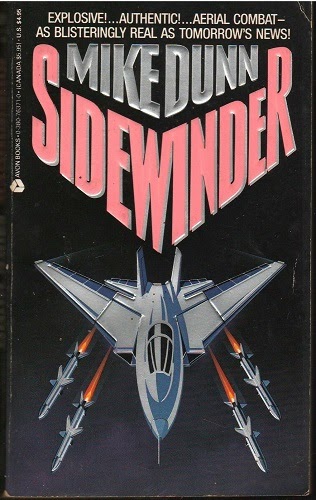
When I scan the shelves of used book stores and come across these Cold War pulp fiction gems, I have to buy them; it’s partly for the nostalgia kick and partly because these are the kind of stories I love.
There’s a place that exists in that Venn diagram sweet spot for me, where thriller crosses over with action, heroics, jet planes, submarines and cool tech. In fact, I’m blogging this just to have the excuse to share these awesome bits of cover art with the world – and if you want to see more, follow this link to TechnoThriller Heaven…
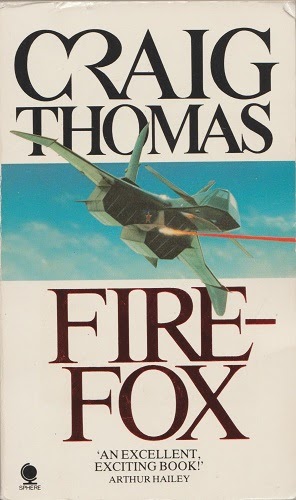
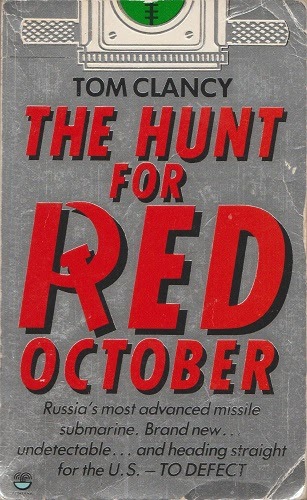
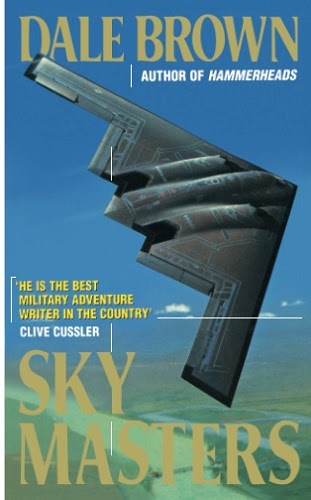
Back in the day, I devoured these books. The golden age for these kind of novels was when Top Gun was in the cinema and The Hunt for Red October topped the bestseller charts. Out in the real world we were on the cusp of a state-change in the Cold War, but in the realms of fiction that conflict was still raging strong. There was an unabashed appetite for stories where keen-eyed heroes equipped with the most cutting-edge warfighting tech faced off against implacable enemies. These were “airport novels”, they were “beach reads”, regarded somewhat sniffily by the lit-crit crowd, but mass market readers consumed enough of them to sink an aircraft carrier.
When the old NATO vs Warsaw Pact rivalries ebbed in the 1990’s, the techno-thriller arguably lost its greatest asset – a monolithic enemy that also happened to have a nigh-unlimited budget for military spending. The genre floundered and lost ground, fading from popularity until it re-emerged in an altered form with books like The Da Vinci Code and works of a similar stripe; gone was the old Cold War backdrop, and a new breed of airport novels replaced it with mystery thrillers and historical enigmas.
And around there is where I came in; I got my start writing science fiction and tie-in novels in the early 2000’s, but I always wanted to write thrillers that harked back to those I had enjoyed reading in the 80’s and 90’s, high-octane plot-lines with characters risking everything to stay alive. That impulse would eventually crystalize into my series of novels featuring ex-MI6 field officer Marc Dane.
But today, one only has to cast an eye over the news to see we are staring down the barrel of a new Cold War, this time a digitally-enhanced version waged on the dark web as well as in back alleys and across nation-states. For thriller writers, the new arena of espionage and adventure storytelling – a realm of agile threats, asymmetrical warfare and bleeding-edge technology – calls out for new heroes…
And for readers, everything we thrilled to thirty plus years ago once again feels frighteningly plausible…
